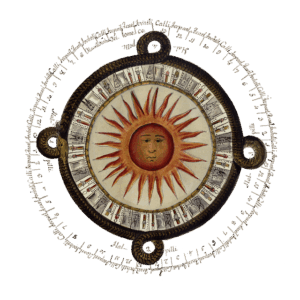Hijri Calendar: Global Observance in Muslim Communities
The Hijri Calendar, a lunar-based system used by Muslims globally, is roughly 11 days shorter than t…….
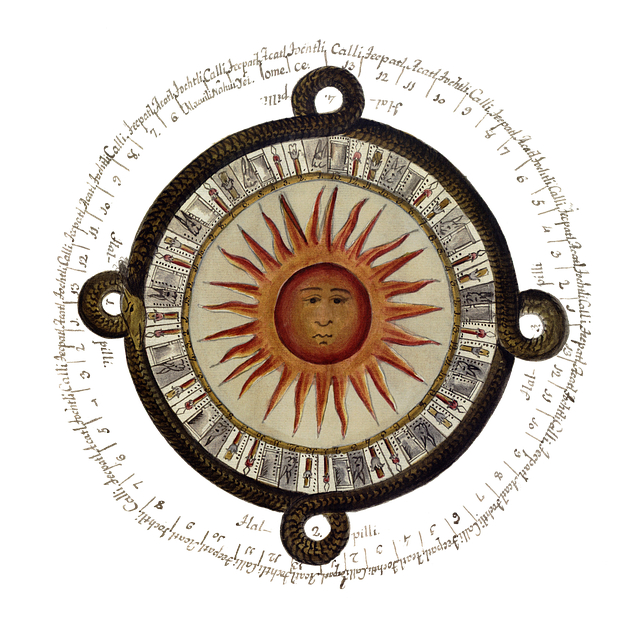
The Hijri Calendar, a lunar-based system used by Muslims globally, is roughly 11 days shorter than the Gregorian calendar. It marks significant religious and cultural observances like Muharram (new year) and Eid al-Fitr (Ramadan's end), based on new moon sightings. This diverse yet unified calendar blends lunar and solar cycles, fostering cultural identity, religious awareness, and artistic inspiration. Modern technology has integrated it into daily life, simplifying administrative processes while preserving Islamic traditions.
The Hijri calendar, a cornerstone of Islamic tradition, marks time through the lunar cycles observed by Muslim communities globally. This article explores how diverse regions embrace this ancient calendar, from determining sacred dates to integrating it into modern life. We delve into its religious significance, highlighting key events and feasts, while uncovering cultural variations in its observance. Moreover, we examine the fusion of traditional practice with technology in the contemporary world, showcasing the Hijri Calendar’s enduring relevance.
- Understanding the Hijri Calendar: A Muslim Tradition
- Global Observance: Dates and Months in Practice
- Religious Significance: Key Events and Feasts
- Cultural Variations: Regional Adaptations
- Modern Integration: Daily Life and Technology
Understanding the Hijri Calendar: A Muslim Tradition
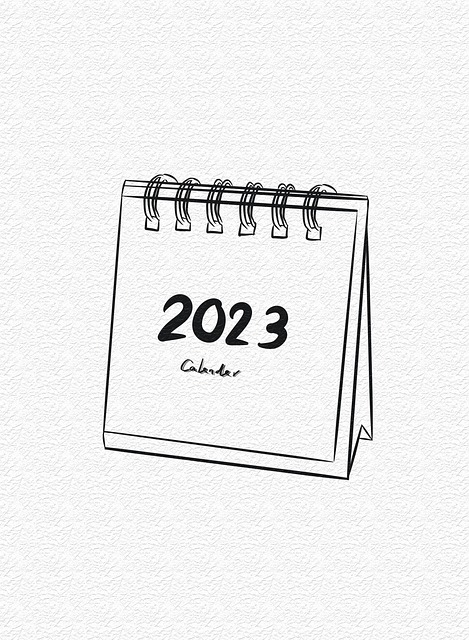
The Hijri Calendar is a significant time-keeping system within the Islamic tradition, precisely marking time in Islam with a unique approach. It is based on the lunar cycle, where months begin with the sighting of the new moon, making it roughly 11 days shorter than the Gregorian calendar. This traditional calendar has been used by Muslim communities worldwide for centuries, serving as a spiritual and cultural marker.
Converting Gregorian dates to Hijri dates involves intricate calculations, considering both solar and lunar cycles. The start of each Hijri year falls on the new moon, usually in late September or early October on the Gregorian calendar, marking the beginning of the Muslim New Year. This method ensures that Islamic holidays and significant events are celebrated at the most astronomically accurate times. Find us at Hijri era: past and present, Muslims continue to embrace this ancient practice, bridging their rich history with contemporary observations, creating a harmonious blend between tradition and modern life.
Global Observance: Dates and Months in Practice
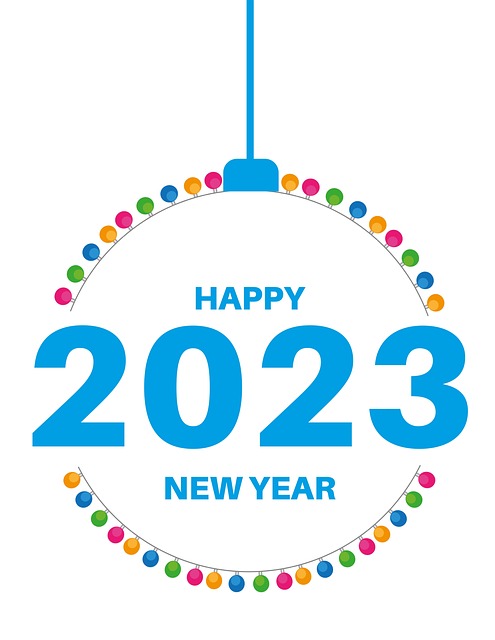
Around the globe, Muslim communities observe and utilize the Hijri calendar for religious and cultural practices, marking a rich tapestry of traditions unique to each region. This ancient lunar-based system divides time into 12 months, with dates and celebrations often falling differently from the Gregorian calendar. The new year, known as Muharram, marks the beginning of the Hijri era, creating a dynamic contrast to the world’s more widespread solar calendars.
The Hijri calendar for religious observances plays a significant role in Islamic art, influencing various forms of expression from architecture to calligraphy. Moon phases are pivotal in this system, dictating the timing of important events and festivals. For instance, Eid al-Fitr, marking the end of Ramadan fasting, occurs when the new moon is sighted, showcasing the intricate connection between religious practices and celestial phenomena within the Hijri system. Find us at hijri era: past and present, communities continue to embrace these traditions, fostering a sense of unity while celebrating their diverse cultural legacies.
Religious Significance: Key Events and Feasts

The Hijri Calendar holds profound religious significance for Muslim communities worldwide. It is based on the phases of the moon, marking time through lunar cycles rather than solar days like the Gregorian calendar. This unique system aligns closely with Islamic practices and rituals. Key events and feasts in the Islamic calendar are determined by sightings of the new moon, symbolizing the spiritual connection between believers and their faith. Dates like Eid al-Fitr and Eid al-Adha, which celebrate the end of Ramadan and mark the pilgrimage to Mecca respectively, are fixed within the Hijri system, making them significant milestones for Muslims globally.
Teaching the Hijri system to beginners often involves understanding its 12 lunar months, each with 29 or 30 days, totaling 354 or 355 days in a year. This contrasts with the Gregorian calendar’s 365-day year. The Hijri calendar in education serves as a valuable tool for instilling cultural identity and religious awareness among younger generations. Moreover, it aids in accurately determining Islamic holidays and observances, fostering a deeper connection to one’s faith. For daily planning and finding us at hijri dates, this lunar-based system offers a unique perspective on timekeeping that aligns with the rhythms of nature and the spiritual cycles celebrated by Muslim communities worldwide.
Cultural Variations: Regional Adaptations
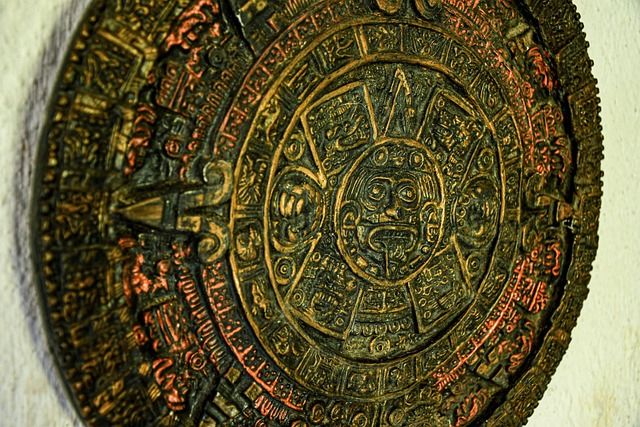
Muslim communities around the globe utilize the Hijri calendar as a guiding tool for religious observances, with each region adopting unique adaptations that reflect their cultural identities. This diverse practice showcases the richness and flexibility inherent in Islamic traditions. The Hijri calendar, with its lunar-solar blend, offers several advantages for accurately marking time in Islam. It synchronizes religious festivals and holidays with astronomical events, creating a profound connection between faith and nature.
For instance, regions with significant Muslim populations have tailored the calendar to suit their local needs. These adaptations include variations in the start of months, based on lunar sightings, and the incorporation of regional festivals into the Islamic timeline. Even so, the core principles of the Hijri calendar remain intact, allowing for a unified sense of time among Muslims worldwide while respecting the diversity that makes each community vibrant. Find us at islamic months and their significance to understand these cultural nuances further.
Modern Integration: Daily Life and Technology
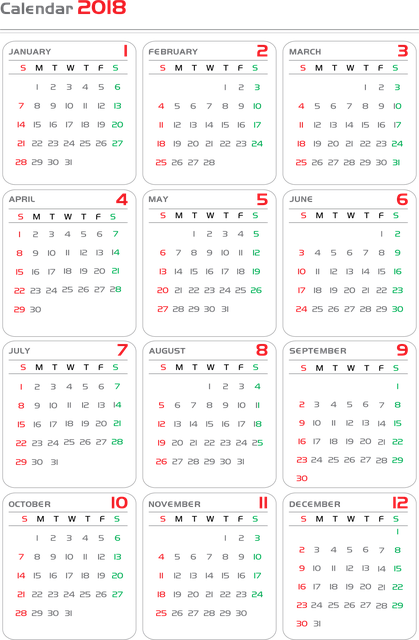
In modern times, the Hijri calendar has seamlessly integrated into daily life and technology, making it accessible to Muslims worldwide. This ancient lunar calendar, which tracks the months based on the crescent moon’s sighting, is used not just for religious observances like prayer times but also for civic engagements. Many Muslim-majority countries have adopted a civil calendar alongside the Hijri, facilitating administrative processes while preserving cultural significance.
The calendar has even found its way into modern technology, with apps and online tools that allow users to convert dates between the Gregorian and Hijri calendars easily. This ease of conversion not only helps in managing personal schedules but also promotes an understanding of Islamic history and culture. Moreover, how the Hijri calendar influences Islamic art is evident, with lunar cycles and dates inspiring intricate designs and patterns in architecture, textiles, and calligraphy, reflecting deep-rooted timekeeping traditions in Islam. Give us a call at timekeeping traditions in Islam to learn more about these fascinating aspects.
The Hijri Calendar, rooted in Islamic tradition, serves as a unifying thread across diverse Muslim communities globally. Its unique structure and religious significance have adapted to modern life while preserving cultural variations. From marking holy months like Ramadan to celebrating festivals like Eid al-Fitr and Eid al-Adha, the Hijri calendar continues to guide daily practices and foster a sense of global connection among Muslims worldwide.




